If you tuned in last Sunday you now know what genetic drift is (http://anthropologicalconcepts.weebly.com/blog/genetic-drift) and that it is bad, that in mind, gene flow is the exact opposite and is very good. It is thanks to gene flow the human race is so diverse with different traits. In the following blog I will discuss how gene flow happens, give examples of it, and exactly why it is good. But first, what is gene flow?
The basic definition of gene flow is an exchange of genes between populations (image below). Another term that is sometimes used is migration, but this term also means “movement of people,” whilst gene flow is the exchange of genes. Last week I addressed the founder effect, in gene flow the separation of people from their home community is vital. Unlike the founder effect in which you have people within the same community mating, in gene flow they would mate with people from other communities. This is an important force of evolution, “the flow of alleles in and out of a population due to the migration of individuals or gametes.”
The basic definition of gene flow is an exchange of genes between populations (image below). Another term that is sometimes used is migration, but this term also means “movement of people,” whilst gene flow is the exchange of genes. Last week I addressed the founder effect, in gene flow the separation of people from their home community is vital. Unlike the founder effect in which you have people within the same community mating, in gene flow they would mate with people from other communities. This is an important force of evolution, “the flow of alleles in and out of a population due to the migration of individuals or gametes.”
Seeing how this a blog entry on a physical anthropology focused site, you would think gene flow only happens in humans; it does not. Gene flow can be seen in all types of animals, even plants. Plants for example, the way they mate is by sending their pollen via the wind, insects, or birds “to pollinate other populations of the same species some distance away.” In the case of humans, it should be evident seeing how many types of humans we have. An over used, but very good, example of gene flow is of US soldiers who had children with Vietnamese women during the Vietnam war. This one act “altered the gene pool frequencies of the Vietnamese population.” The gene flow of many African Americans in the US is a wonderful example of how gene flow influences microevolutionary (“evolutionary change within a species or small group of organisms, especially over a short period.”) changes in modern human populations. African Americans mostly have West African descent, that said, there is also a good portion of their genes that have European American. “By measuring allele frequencies for specific genetic loci, we can estimate the amount of migration of European alleles into the African American gene pool.” This method of estimating is very interesting because through this estimation they found the data from western and northern states (“including New York, Detroit, and Oakland”) it shown the percentage of foreign genes (non-African) as 20 to 25 percent. But in the southern states it was a much lower percentage, 4 to 11 percent (which is not really surprising with the history of discrimination towards African-American in the United States).
In the case of mutation in gene flow is good (as opposed to mutation in genetic drift). This is an important factor for the diversity in populations. Light coloured eyes for example. Most of Europe has light coloured eyes, and seeing how we all originated in Africa, it is easy to see how these light eyes are a mutation. It all started with one person with light eyes, someone to say to themselves “they will be my mate.” Even if their children, or their children's children did not have light eyes, that gene is in them; this is how most of Europe has ended up with light eyes...it all started with one person. These light eyes are yet another example of gene flow. How else could the majority of Europe have them if it was not for gene flow?
For humans gene flow is one of the things we have to thank for the survival of our species. What I mean by this is with gene flow our bodies have furthered its adaptability. Recently the human race has gotten very touchy about social rules of who they can and cannot mate with, but, in our millions of years of evolution the past thousand or so years is a spit in the bucket, thus why I use “recently.” That said, it is nice to see how we are over coming these social “norms.” Seeing a light skinned man with a dark skinned woman, or vice versa is becoming more acceptable in modern days (light skin is another example of gene flow and adaptation; see this blog entry for further information about that: http://anthropologicalconcepts.weebly.com/blog/-evolution). It is because of this wonderful force that when new genes are brought into a population, we can gain diversity. “Of course, migration patterns are a manifestation of human cultural behavior, and this emphasizes once again the essential biocultural nature of human evolution.”
Please feel free to comment on what you thought of the blog, or other physical anthropological subjects you would like me to cover.
In the case of mutation in gene flow is good (as opposed to mutation in genetic drift). This is an important factor for the diversity in populations. Light coloured eyes for example. Most of Europe has light coloured eyes, and seeing how we all originated in Africa, it is easy to see how these light eyes are a mutation. It all started with one person with light eyes, someone to say to themselves “they will be my mate.” Even if their children, or their children's children did not have light eyes, that gene is in them; this is how most of Europe has ended up with light eyes...it all started with one person. These light eyes are yet another example of gene flow. How else could the majority of Europe have them if it was not for gene flow?
For humans gene flow is one of the things we have to thank for the survival of our species. What I mean by this is with gene flow our bodies have furthered its adaptability. Recently the human race has gotten very touchy about social rules of who they can and cannot mate with, but, in our millions of years of evolution the past thousand or so years is a spit in the bucket, thus why I use “recently.” That said, it is nice to see how we are over coming these social “norms.” Seeing a light skinned man with a dark skinned woman, or vice versa is becoming more acceptable in modern days (light skin is another example of gene flow and adaptation; see this blog entry for further information about that: http://anthropologicalconcepts.weebly.com/blog/-evolution). It is because of this wonderful force that when new genes are brought into a population, we can gain diversity. “Of course, migration patterns are a manifestation of human cultural behavior, and this emphasizes once again the essential biocultural nature of human evolution.”
Please feel free to comment on what you thought of the blog, or other physical anthropological subjects you would like me to cover.
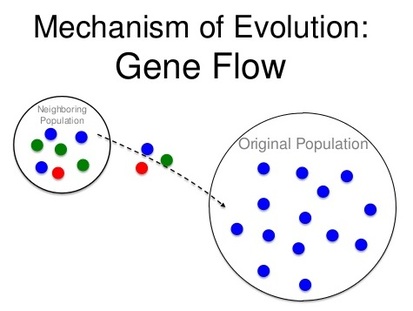
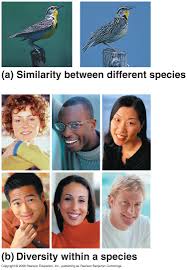
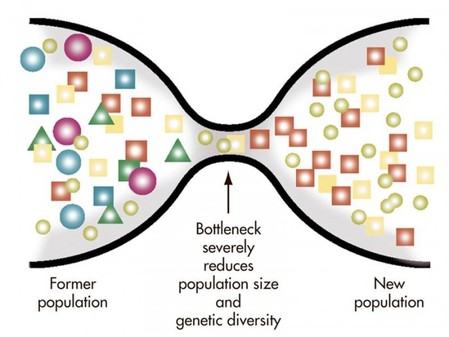
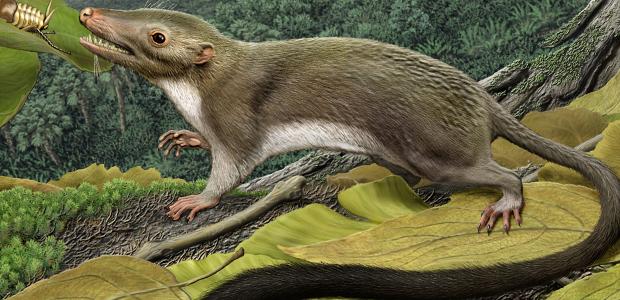
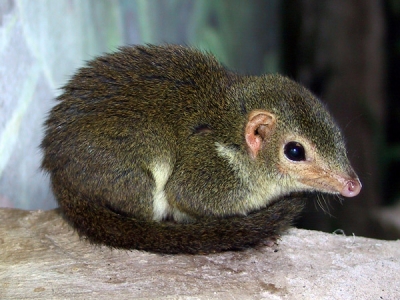
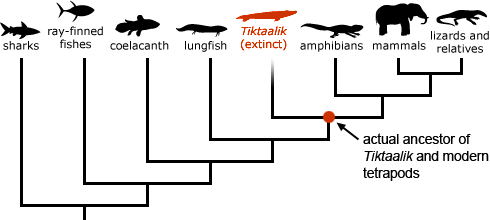
 RSS Feed
RSS Feed
